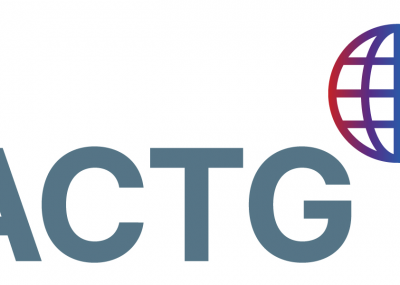Introduction: In 2010, the WHO recommended women living with HIV breastfeed for 12 months while taking antiretroviral therapy (ART) to balance breastfeeding benefits against HIV transmission risks. To inform the 2016 WHO guidelines, we updated prior research on the impact of breastfeeding duration on HIV-free infant survival (HFS) by incorporating maternal ART duration, infant/child mortality and mother-to-child transmission data.
Methods: Using the Cost-Effectiveness of Preventing AIDS Complications (CEPAC)-Infant model, we simulated the impact of breastfeeding duration on 24-month HFS among HIV-exposed, uninfected infants. We defined "optimal" breastfeeding durations as those maximizing 24-month HFS. We varied maternal ART duration, mortality rates among breastfed infants/children, and relative risk of mortality associated with replacement feeding ("RRRF"), modelled as a multiplier on all-cause mortality for replacement-fed infants/children (range: 1 [no additional risk] to 6). The base-case simulated RRRF = 3, median infant mortality, and 24-month maternal ART duration.
Results: In the base-case, HFS ranged from 83.1% (no breastfeeding) to 90.2% (12-months breastfeeding). Optimal breastfeeding durations increased with higher RRRF values and longer maternal ART durations, but did not change substantially with variation in infant mortality rates. Optimal breastfeeding durations often exceeded the previous WHO recommendation of 12 months.
Conclusions: In settings with high RRRF and long maternal ART durations, HFS is maximized when mothers breastfeed longer than the previously-recommended 12 months. In settings with low RRRF or short maternal ART durations, shorter breastfeeding durations optimize HFS. If mothers are supported to use ART for longer periods of time, it is possible to reduce transmission risks and gain the benefits of longer breastfeeding durations.




